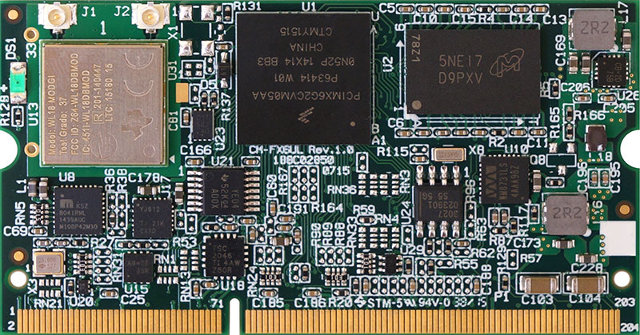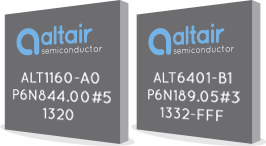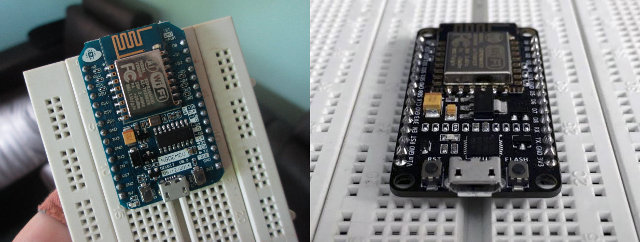Compulab has launched a CL-SOM-iMX6UL system-on-module based on Freescale i.MX 6UltraLite ARM Cortex A7 processor with up to 1GB DDR3 and 32GB eMMC flash. The module can be coupled with SB-SOM-iMX6UL carrier board to form SBC-iMX6UL single board computer targeting industrial and embedded applications. CL-SOM-iMX6UL specifications: SoC – Freescale i.MX6 UltraLite Cortex-A7 processor @ 528MHz System Memory – Up to 1GB DDR3 Storage – Up to 32GB on-board eMMC, Up to 1GB on-board SLC NAND, SPI flash, I2C EEPROM Connectivity – Dual-band, dual-antenna 2×2 802.11a/b/g/n WiFi, Bluetooth 4.1 BLE (Ti WiLink 8), 10/100M Ethernet PHY (with optional bypass) Audio – WM8731 audio codec with stereo line-out, line-in, mic, S/PDIF input/output Other I/Os via 204-pin SODIMM edge connector Display Parallel 24-bit display interface up to 1366 x 768 Touchscreen 4/5/8-wire resistive touch-screen support Capacitive touch-screen support through SPI interface USB – 1x USB2.0 OTG + 4x USB2.0 host ports Up to […]
Altair FourGee LTE Chipsets Promise 10 Years of Connectivity with AA Batteries for IoT Applications
Connectivity achieved with GSM,. 3G or LTE (4G) cellular networks is great for long distances, but usually costs and power consumption are too high for IoT or M2M communications, which explains why there are competing long range low power WAN standards such as Sigfox, LoRA or Weightless. Altair Semiconductor introduced two new LTE SoCs, namely FourGee-1150/6410 and FourGee-1160/6410 a few months ago, supporting respectively LTE Cat-0 and Cat-1 connectivity, and promising up to 10 years of battery life on AA batteries for smart meters, wearables, security alarms, city lightings, etc… Altair FourGee-1150 and FourGee-1160 key features and specifications: Processor – Multiple MIPS M5150 “Warrior” MCU cores LTE Connectivity FourGee-1150 LTE Release 12 Category-0 (1Mbps / 1Mbps), software upgradeable for supporting Release 13 features Integrated VoLTE/IMS/OTA-DM functionality FourGee-1160 LTE Release 11 Category-1 (10Mbps / 5Mbps), software upgradeable for supporting Releases 12 and 13 features Integrated VoLTE/IMS/OTA-DM with HD voice functionality Software […]
Getting Started with NodeMCU Board Powered by ESP8266 WiSoC
Since ESP8266 is now so popular, I’ve recently bought a NodeMCU board to try it. I selected this board because the latest version of the board is breadboard-friendly, integrates a USB to serial chip, and it can be powered by a simple USB to micro USB cable. I also noticed a ESP8266 tutorial with NodeMCU firmware by SwitchDoc Labs the other day (using ESP-12 and Adafruit Huzzah), which I applied to my NodeMCU board, but since I encountered a few issues, I decided to report my findings, and write my own little getting started guide to switch on/off LED and GPIOs using a web interface. NodeMCU v0.9 and NodeMCU v1.0 If you are going to purchase a NodeMCU board it’s important to know there are two official versions: NodeMCU v0.9 with ESP-12 module NodeMCU v1.0 with ESP-12E module The main complain about NodeMCU v0.9 is that while it fits on […]





